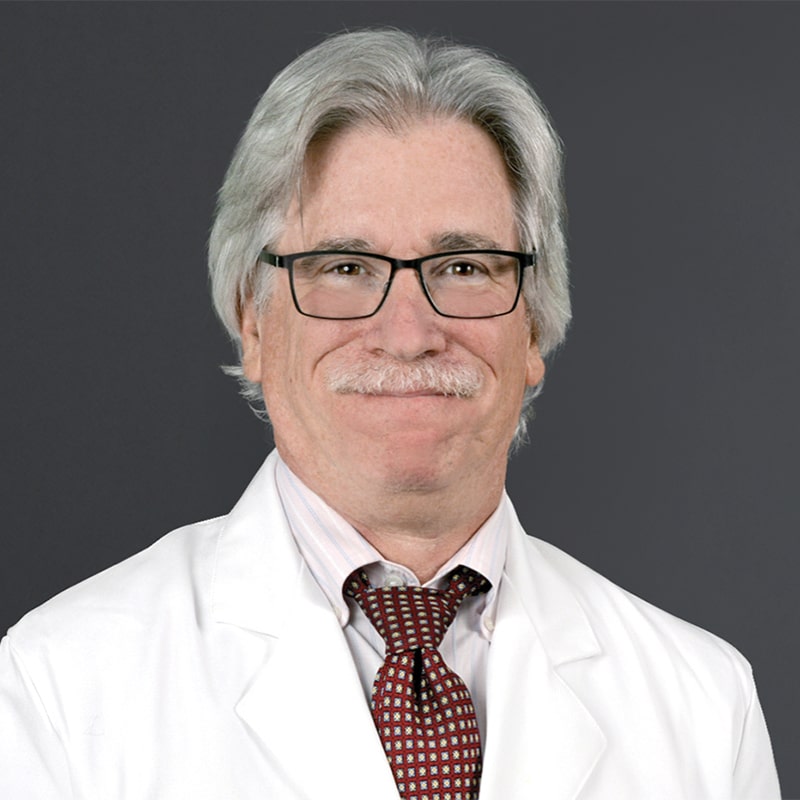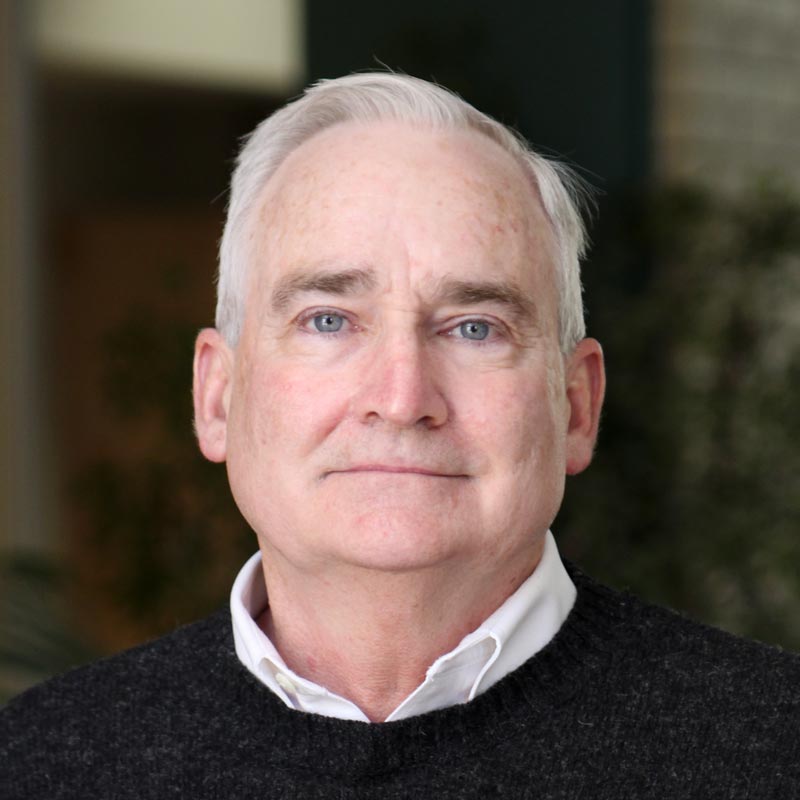Former Doctor Turns Pandemic Historian and Sleuth
By Kirsten Heuring
Media Inquiries- Dietrich College of Humanities and Social Sciences
- 412-268-9309
Paul Weinbaum, a history department Ph.D. candidate, has gone from treating high-risk obstetrical patients to investigating the history of pandemics.
“I spent a lot of time in my professional practice with pregnant patients [treating] infectious diseases or other complications from a clinical perspective,” said Weinbaum. “Now I'm getting to look at this from an academic perspective, and I think it seems to be very useful, particularly when you're looking at the history of medicine and the history of viruses.”
Weinbaum began treating patients in 1978. He returned to academia four decades later, receiving a master’s degree in history from Duquesne University and beginning his Ph.D. at Carnegie Mellon in 2020. His advisor, Edmund Russell, encouraged him to blend his experience with medicine with his interests in the history of internationalism by studying how governments reacted to past pandemics.
Weinbaum has focused his research on the League of Nations, a precursor to more modern international cooperation, and how the public health concerns of that organization led to international public health cooperation today. He worked with Russell to create a course where they compared the 1918 flu pandemic with today’s COVID-19 pandemic.
“We were both struck by the similarities and differences between the two epidemics, and we started talking about an idea for an undergraduate course that would focus on comparing the two epidemics,” said Russell, the David M. Roderick Professor of Technology and Social Change in the Department of History. “In the fall of 2020, Paul and I did an independent readings course that introduced him to some of the major works in the history of medicine. That course provided a wonderful opportunity for the two of us to talk about ideas for an undergraduate course in spring semester of 2022, ‘A Tale of Two Epidemics: Influenza 1918 and COVID-19.’”
Though Weinbaum’s research interests are more focused on the global public health issues, he and Russell also examined how each pandemic played out closer to home.
“We looked a little bit at the local impact of those two pandemics, in other words the impact to Pittsburgh and Allegheny County from those two pandemics, and there was a lot of very similar things,” said Weinbaum “They were wearing masks then, but people resisted it.”
He noticed other similarities, such as how public health officials were reluctant to close restaurants, bars and theaters. He also discovered similarities in racial disparities in care.
“We obviously are aware for example that the COVID-19 pandemic has impacted minority populations much more significantly, and the same thing was true in Pittsburgh and in the country 100 years ago,” said Weinbaum. “I was astounded with the fact that people haven't changed and evolved as much as we think they should have in 100 years.”
Despite all the similarities, Weinbaum believes that there are differences between the 1918 pandemic and COVID-19 that make him hopeful. Today, there are multiple available vaccines for COVID-19. Another element that he sees as encouraging is that people are more willing to talk about disparities in access to healthcare.
Another important difference Russell and Weinbaum noted was doctors have gained a substantial amount of knowledge since 1918.
“In 1918, nobody had seen a virus. Researchers had hypothesized that there was some teeny tiny pathogen, but they had no way to analyze it. And they did not know what virus caused the flu epidemic,” said Russell. “In contrast, the causative agent, the SARS-CoV-2 virus, was identified early on. It was sequenced genetically. There's been a great deal of testing and sequencing ever since.”
Weinbaum and Russell both hope the comparisons between the pandemics can help people gain perspective for future pandemic events.
“The point of studying history is to learn lessons to make things better or avoid past mistakes,” said Weinbaum.
However, Russell noted that people do not always learn what they should from history.
“What society should learn is the necessity for cooperation to defeat pandemic diseases, but the public largely forgot the flu pandemic and its lessons after it was over,” said Russell. “The people who learned the most from the flu epidemic were the medical community who did study it for lessons.”
Weinbaum hopes that public health officials and policy makers will appreciate the importance of communication and cooperation after the COVID-19 pandemic is over.
“[We need to] try to gather that information as quickly as possible and to share it with people in a non-politicized way,” said Weinbaum. “What matters is controlling pandemic. The only way that you can address it is to get on it right away and isolate, test and trace.”
Russell has enjoyed advising and collaborating with Weinbaum both on this course and on Weinbaum’s overarching research.
“I was delighted that somebody with Paul's depth of medical knowledge and experience wanted to get a Ph.D. in history,” said Russell. “I have been pushing for my entire career for the synthesis of history with the sciences and in particular biology. So, it is exciting when somebody with sophisticated medical knowledge decides to develop sophisticated knowledge of history and bring the two disciplines together.”

